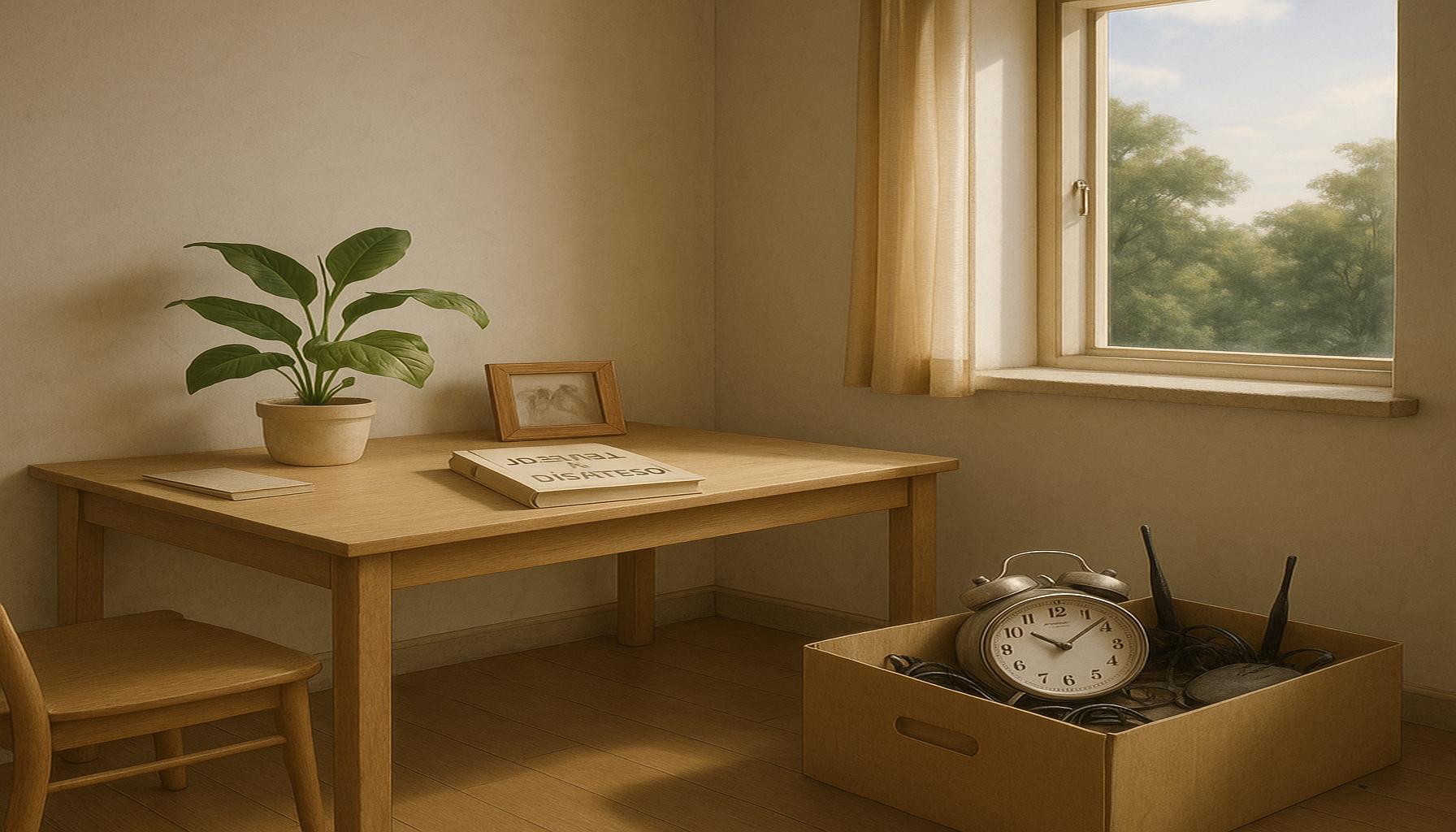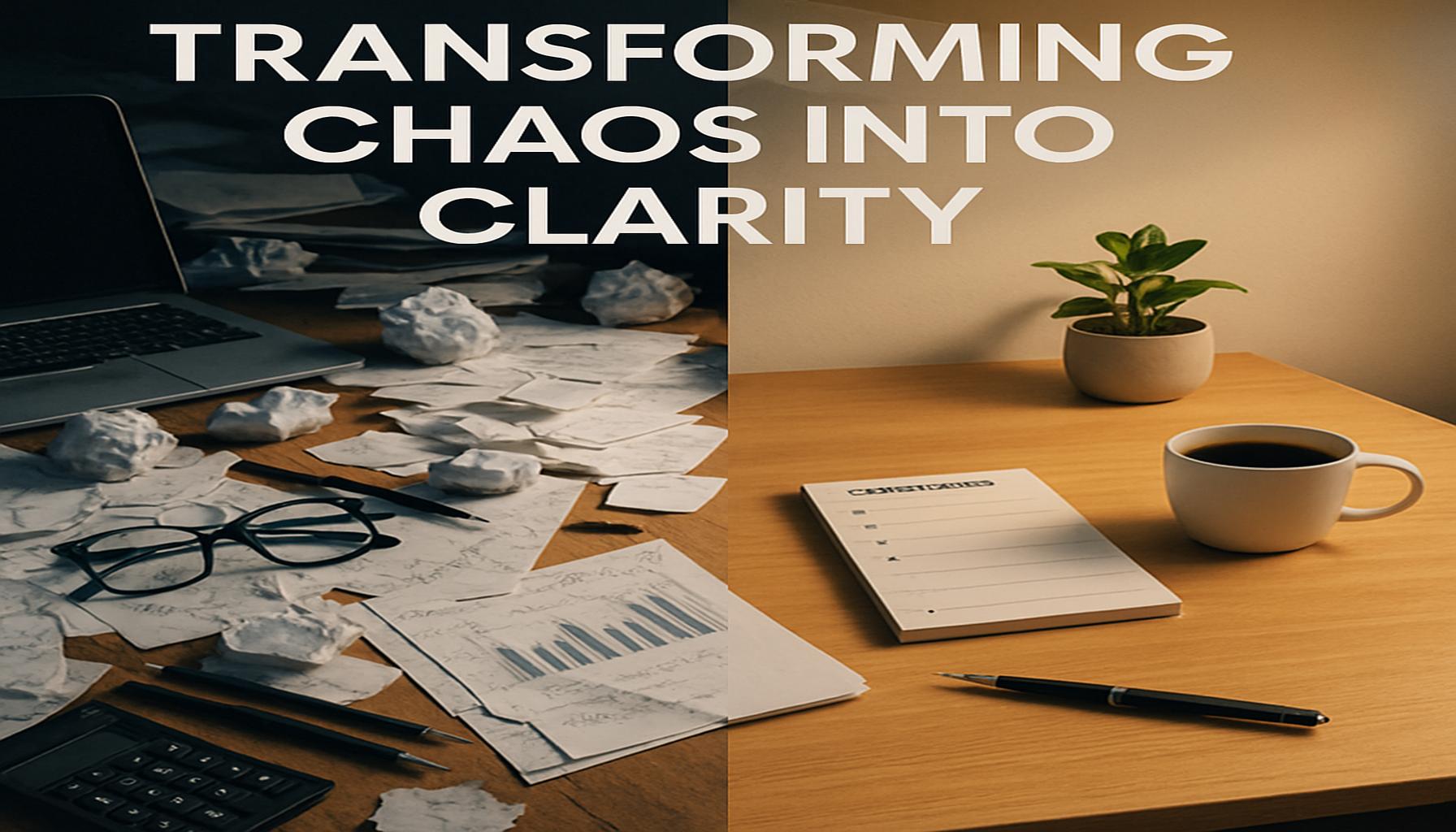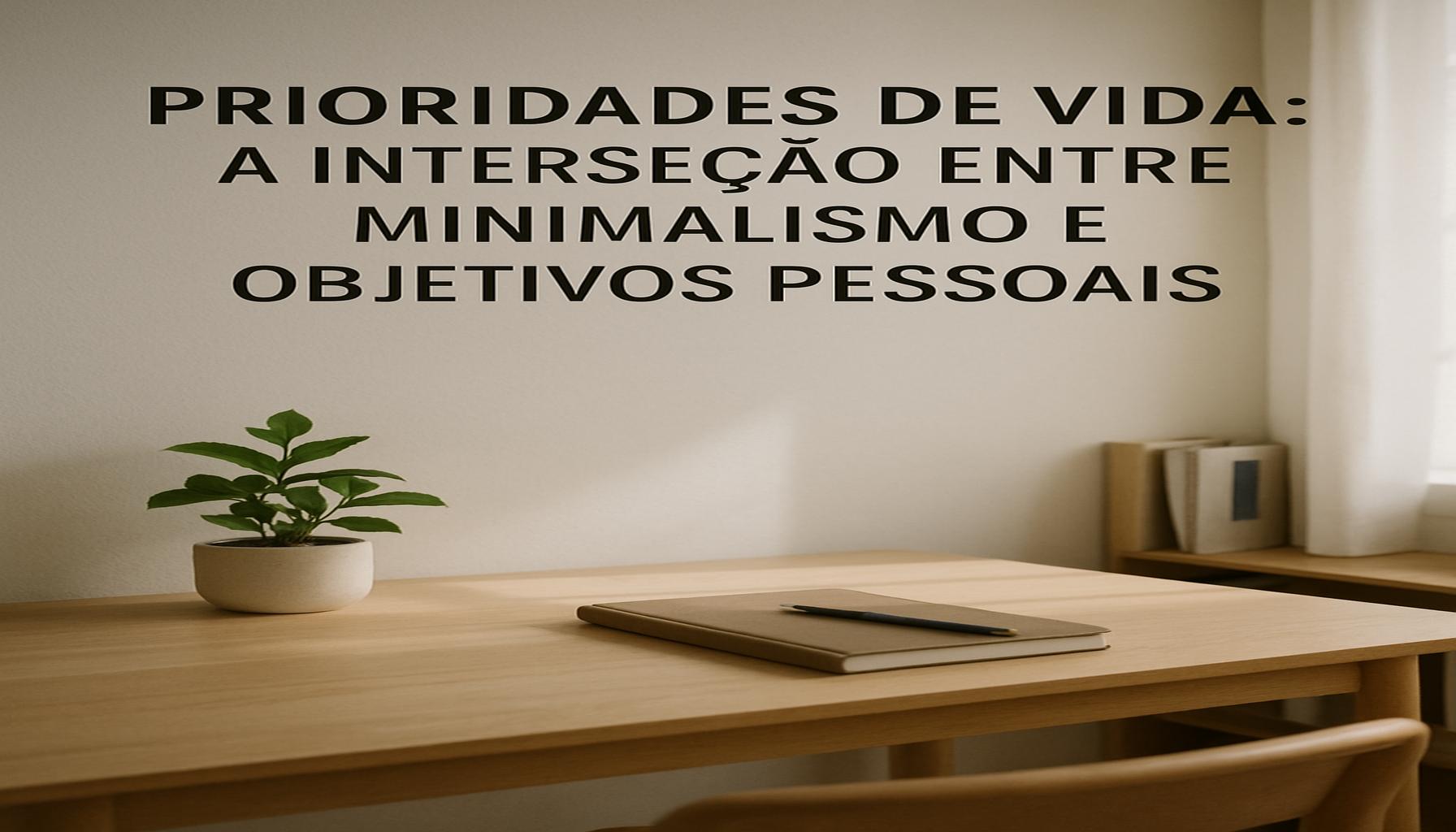Mastering Space Minimalist Tips to Organize Your Workspace Effectively
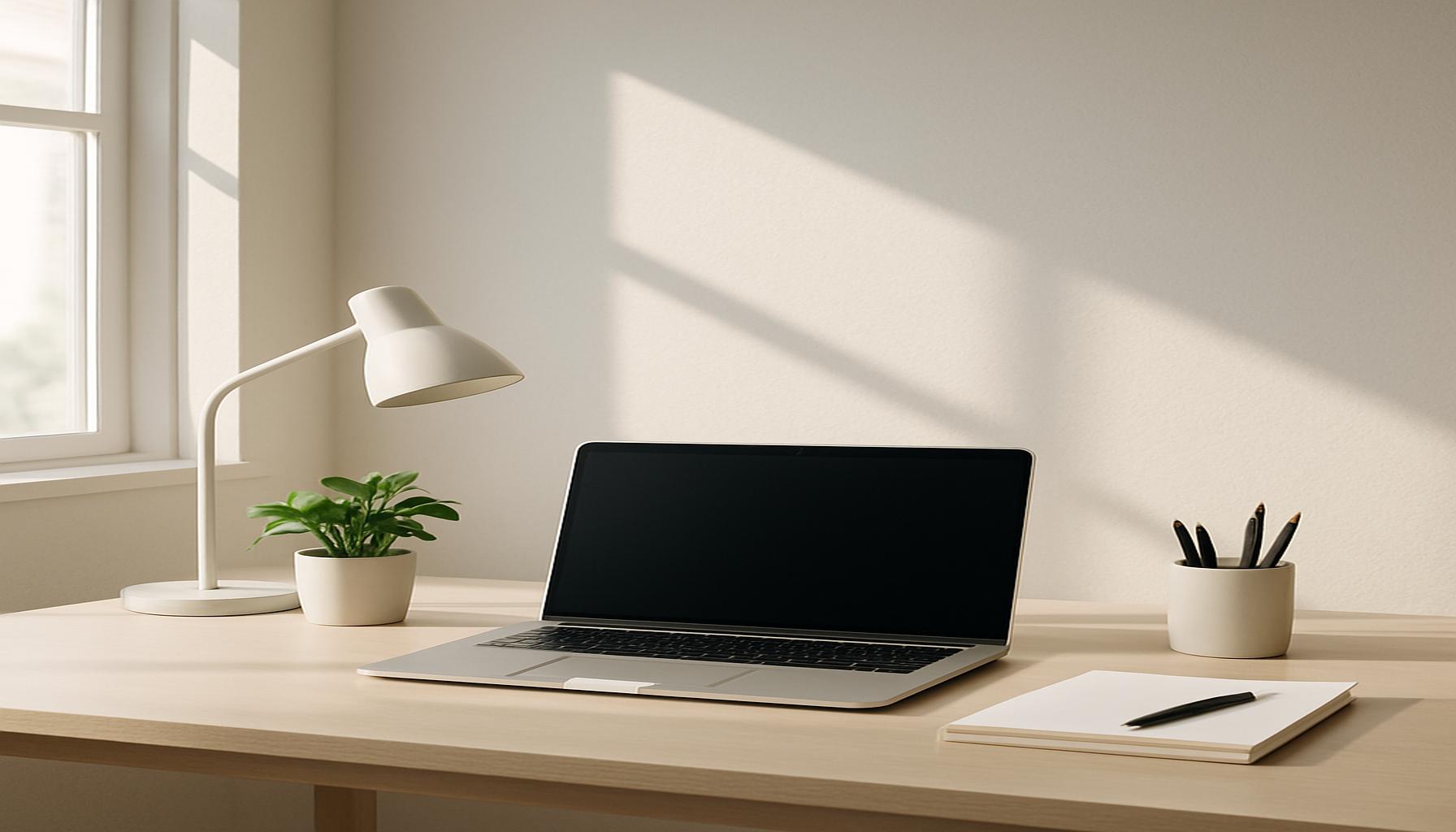
The Significance of Minimalism in Modern Workspaces
In today’s fast-paced digital landscape, distractions are ubiquitous, making the need for a well-organized workspace more critical than ever. Smartphones constantly ping, social media beckons, and emails flood our inboxes, fragmenting our attention. Against this backdrop, the principles of minimalism provide powerful tools to counteract these distractions, offering pathways to improve both productivity and creative flow.
Embracing Minimalism as a Lifestyle
Minimalism transcends mere aesthetics; it is a lifestyle philosophy that embodies intentionality and clarity. While it’s easy to accumulate desk accessories, gadgets, and paperwork, minimalism challenges us to evaluate what truly adds value to our work environment. By embracing this mindset, individuals can create spaces where they feel at peace, fostering a sense of ownership and focus.
Quality Over Quantity: The Minimalist Mantra
The mantra of quality over quantity is central to minimalism. This approach empowers individuals to prioritize tools and belongings that enrich their work experience and let go of superfluous items. Minimalism doesn’t demand that we strip away everything but rather encourages thoughtful curation of our surroundings.
Top 5 Minimalist Tips for Organizing Your Workspace
The journey to a minimalist workspace is personal and varies from person to person. However, certain universal strategies can help guide this transformation:
- Declutter Regularly: Set aside time each month to clear your desk and evaluate items that haven’t been used. This routine helps in maintaining a clean and inspiring workspace.
- Prioritize Essential Tools: Identify the few tools that are indispensable for your daily work and make them easily accessible.
- Create Zones: Define specific areas for different types of work to minimize distractions and improve focus.
- Incorporate Clean Design Elements: Use simple design elements and a neutral color palette to reduce visual chaos and induce calm.
- Mind Digital Clutter: Digital workspaces need attention too. Organize files systematically and ensure desktop icons are minimal.
By adopting these strategies, individuals can cultivate an environment that not only promotes efficiency but also enhances personal well-being. A minimalist workspace doesn’t just look appealing; it becomes a canvas for creativity and productivity, allowing individuals to navigate
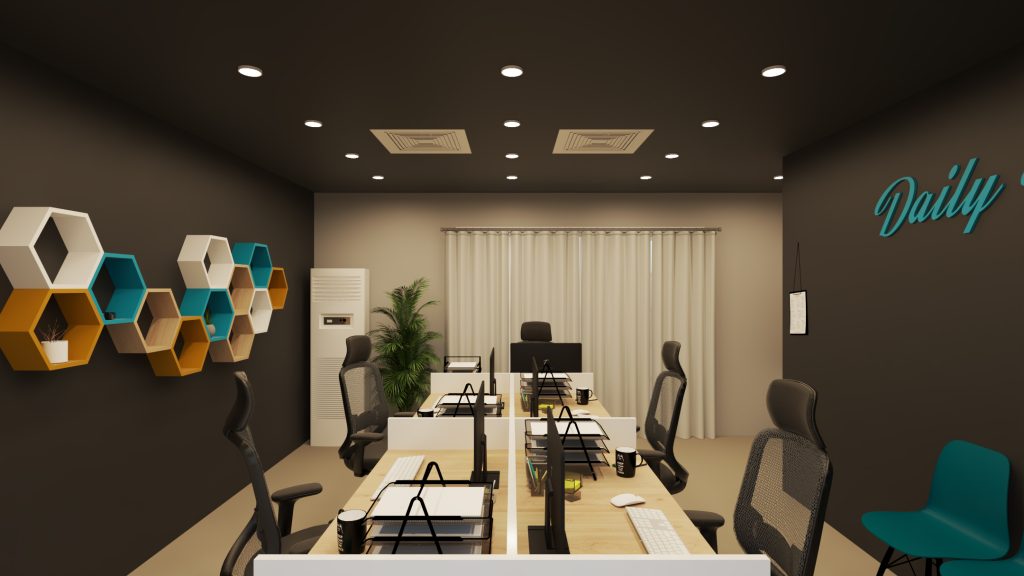
Top 5: Prioritar Espaços – The Art of Organizing Your Workspace with Minimalism
5. Choosing Essential Furniture
The foundation of a minimalist workspace begins with selecting purposeful furniture that aligns with your needs. Oftentimes, offices become cluttered with unnecessary furniture that serves no real purpose. The key to minimalism is discerning what’s essential:
- Desk: Whether you choose a standing desk or a traditional model, ensure it accommodates your work tools without excess that leads to clutter. For instance, a desk with built-in cable management options can help streamline electronic cords, keeping surfaces clear and organized.
- Chair: Prioritize ergonomic design. A chair that supports proper posture is indispensable, especially if you’re working long hours. Ergonomic chairs help prevent back strain and promote a healthier sitting position, contributing to sustained productivity.
- Storage Solutions: Choose storage options that merge seamlessly with your environment. Consider wall-mounted shelves that offer vertical storage solutions, leaving floor space available and visually uncluttered.
By steering clear of excessive furniture and focusing on what is functional, your workspace becomes an open and inviting canvas, fostering a more productive atmosphere.
4. Color Schemes that Promote Calmness
The color palette in a workspace plays a critical role in setting the tone and mood. Colors influence our emotions and cognitive functions, making the choice of colors significant:
- Whites and Off-Whites: These colors reflect light, which can make your space feel larger and more welcoming. They also serve as a neutral backdrop allowing other elements, like art or plants, to stand out.
- Soft Grays: Gray provides a serene, sophisticated hue that promotes focus. It balances the vibrancy of other colors and can work well with any decor style.
- Pale Pastels: Subtle tones such as mint green or pastel blue can add a hint of color that inspires creativity without overpowering the senses. These colors can energize the space gently.
Selecting a calming color palette not only contributes to aesthetic appeal but also enhances mental clarity and reduces emotional stress, setting the stage for increased productivity.
3. Decluttering Regularly
Consistent decluttering is vital in maintaining a minimalist office. The minimalist philosophy of ‘less is more’ requires ongoing commitment. Consider establishing a routine to regularly assess and organize the items in your workspace:
- Essential: Retain only those items that you use daily. A computer, a notebook, and writing instruments might fall into this category.
- Occasional: Identify items used less frequently and find a dedicated storage space for them. For example, a filing cabinet for documents or reference books can be organized for easy access when needed.
- Unnecessary: Remove items that haven’t been used in recent months. This might include old papers, outdated electronics, or office trinkets.
Regular decluttering not only keeps your environment tidy but also eliminates distractions, allowing for a sharper focus on work tasks and boosting efficiency.
2. Designated Zones for Different Activities
Organizing your workspace into dedicated zones can significantly enhance productivity and help maintain focus. This segregation of space ensures that each activity has its own designated area, reducing overlap and confusion:
- Work Zone: This central area should be equipped with essentials for productive tasks. It should have a clear surface, necessary stationary, and immediate access to technology.
- Relaxation Zone: A small, comfortable corner with a chair and perhaps a cushion can serve as a recharging spot. It’s a place for short breaks, which are essential for maintaining energy and focus.
- Inspiration Zone: Dedicate a portion of your office to creativity and imagination. This might include a whiteboard for jotting down ideas or a bookshelf with inspiring works.
By structuring your workspace into zones, you minimize distractions and create mental clarity, making transitions between various tasks smoother and more focused.
1. Embracing Minimalism for Mental Clarity
The ultimate goal of minimalism is to achieve mental clarity by eliminating unnecessary distractions. This approach not only enhances your working environment but also positively impacts your mental well-being:
- Simplified Workstation: A clean, uncluttered desk provides a sense of order that aids concentration, helping you stay focused on your work.
- Mindful Item Selection: Choose work items that are functional and necessary, avoiding the accumulation of superfluous objects that might disrupt your thinking process.
- Intentional Breaks: Schedule intentional breaks throughout your day to step away from your desk and rejuvenate your mind. This practice can lead to improved problem-solving and increased creativity.
By choosing to embrace minimalism, you ensure that your workspace supports your best work. The tranquility of a well-organized space can open the door to increased productivity, creativity, and an overall sense of professional fulfillment.
| Category | Key Features | Advantages | Disadvantages | Ideal Beneficiary |
|---|---|---|---|---|
| Physical Decluttering | Involves removing unnecessary items from the workspace. | Enhances focus and reduces stress by creating a clear environment. | May require time and effort to sort through items. | Individuals looking to boost productivity in chaotic settings. |
| Digital Minimalism | Streamlining digital files and applications. | Improves efficiency by simplifying access to needed resources. | Requires ongoing maintenance to keep systems optimized. | Tech-savvy professionals with extensive digital clutter. |
| Mindful Design | Utilizing space and materials that foster calmness and focus. | Creates a conducive atmosphere for thoughtful work and creativity. | Can be costly depending on the design choices made. | Creative individuals seeking inspiration in their surroundings. |
| Routine Simplification | Establishing streamlined workflows for daily tasks. | Increases consistency and effectiveness in workload management. | May require adjustments to established habits which could be challenging. | Busy professionals looking to enhance time management. |
In the realm of workspace organization, understanding each category can lead to profound changes in productivity and mindset. For instance, physical decluttering stands as the foundation of minimalism, promoting a workspace that not only looks appealing but also enhances focus. The challenge here lies in the commitment required to sift through accumulated items, which can be daunting yet ultimately rewarding.Moving to digital minimalism, the process of organizing digital files can significantly reduce distractions. This entails not just deleting what is unnecessary, but also organizing what remains for maximum accessibility—an aspect crucial for tech-centric professionals.Mindful design plays a vital role in how we perceive and interact with our environment. Employing design elements that encourage calmness directly impacts creativity and inspiration. However, one must weigh the investment needed against the potential benefits, especially when considering renovations or new furnishings.Lastly, simplifying routines is essential for anyone juggling multiple responsibilities. It’s about establishing methods that streamline processes, allowing for smoother workflows but requiring a willingness to alter established routines. For those overwhelmed by their schedules, these insights into minimalism could pave the way toward a more structured and enjoyable working life.
Frequently Asked Questions about Organizing Your Workspace with Minimalism
How can minimalism improve my productivity in a workspace?
Minimalism focuses on removing unnecessary distractions and creating an environment where only essential items are present. By reducing clutter, you clear both physical and mental space, allowing for enhanced concentration and efficiency. Studies have shown that a well-organized space can lead to increased productivity by up to 20%. This approach allows you to prioritize important tasks, helping reduce stress and improve focus.
What are the first steps to start organizing my workspace with minimalism?
Begin by evaluating what is truly necessary for your daily tasks. Items that do not serve a clear purpose can be removed or stored away. Consider implementing a “one-in, one-out” rule for items on your desk and in storage spaces to ensure accumulation does not happen. Additionally, design your workspace to promote natural light and maintain an open layout where possible, which encourages a calm and productive setting.
Can minimalism be adapted to digital workspaces?
Absolutely. Minimalism can be applied to digital spaces by organizing your computer files, using minimalist applications, or limiting open tabs and desktop icons. Employing tools such as minimalist task managers can help maintain focus on priority tasks. Additionally, regularly reviewing and archiving unnecessary digital files or emails is crucial to a streamlined and efficient virtual work environment.
Does a minimalist workspace mean I have to get rid of my personal touches or decorations?
Not at all. A minimalist approach does not mean a sterile environment. Personal touches that inspire and contribute to your well-being have their place. The key is keeping them to a minimum so they add value without overwhelming the space. Consider limiting decorations to items that genuinely resonate with you and strategically placing them to maintain a clean, functional atmosphere.
Conclusion
In today’s fast-paced world, the pursuit of simplicity is becoming an increasingly essential aspect of our lives. The article “Priorizar Espaços: A Arte de Organizar Seu Ambiente de Trabalho com Minimalismo” explores this concept through the lens of workspace organization. As we have seen, the minimalist approach not only helps in decluttering physical spaces but also significantly enhances mental clarity and productivity. Embracing minimalism in our work environment entails organizing and prioritizing spaces to focus on what truly matters, ultimately fostering a sense of calm and efficiency.
Declutter to Enhance Focus: By removing excess distractions, individuals can concentrate better on their tasks. This focus translates to increased productivity and creativity.
Simplify for Mental Clarity: A tidy, streamlined workspace reduces stress and promotes a healthier mental state, leading to improved overall well-being.
Prioritize Essential Items: Keeping only what is necessary helps maintain a clean and functional environment, which encourages efficiency in daily operations.
Adopt Sustainable Practices: Minimalism often goes hand-in-hand with sustainability, encouraging thoughtful consumption and a more eco-friendly lifestyle.
Create a Harmonious Balance: The aesthetic appeal of simplicity fosters a tranquil atmosphere that can motivate and uplift one’s mood.
As we wrap up our exploration of minimalism in workspace organization, it is evident that prioritizing spaces is a valuable art form. By implementing these principles, individuals can transform their work areas into places of inspiration and tranquility. The minimalist approach not only reshapes how we view our environments but also challenges us to adopt a lifestyle that values purpose and intentionality over accumulation. This paradigm shift could ultimately lead to a more fulfilling and sustainable way of living, both professionally and personally.
